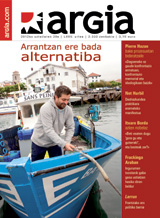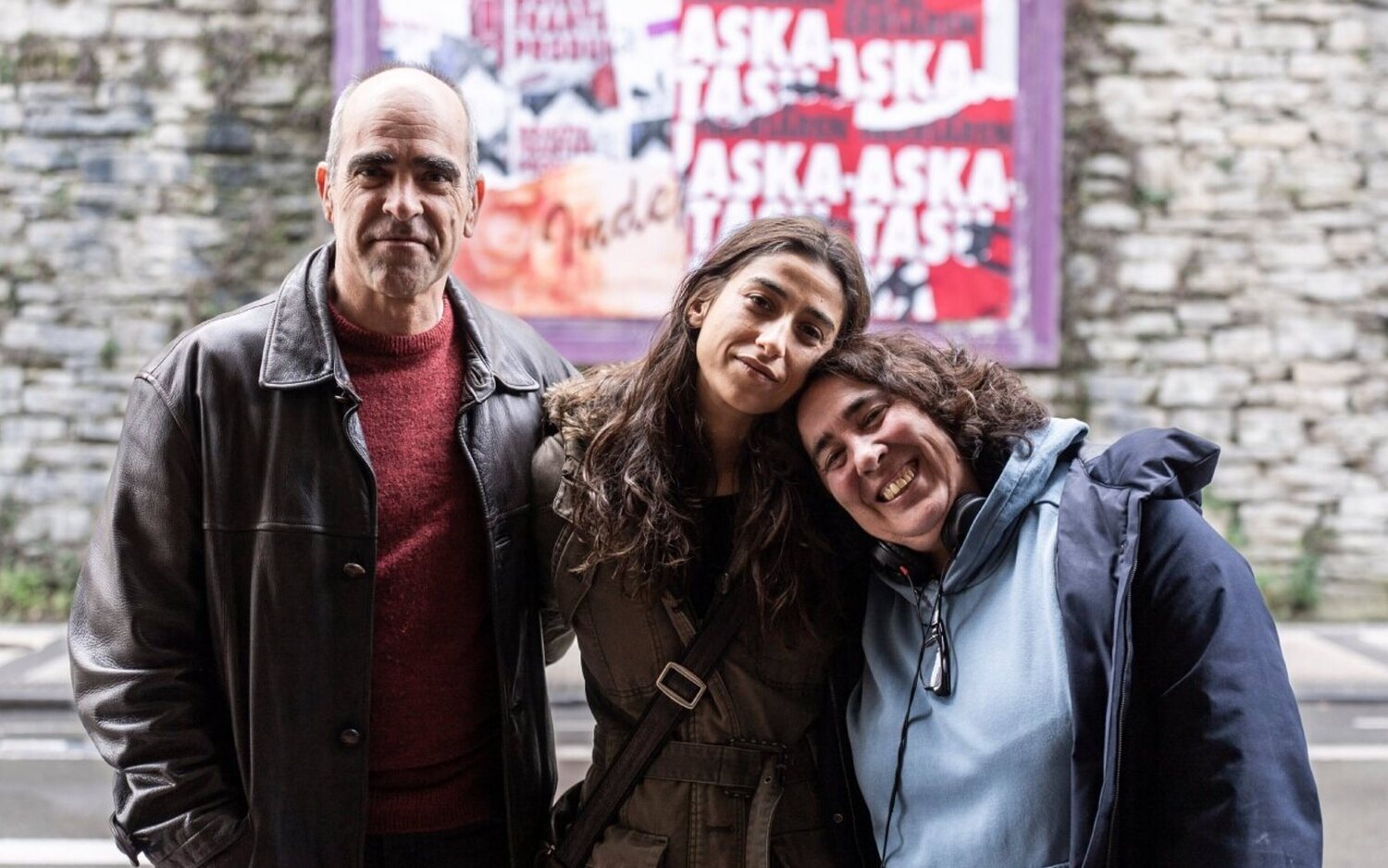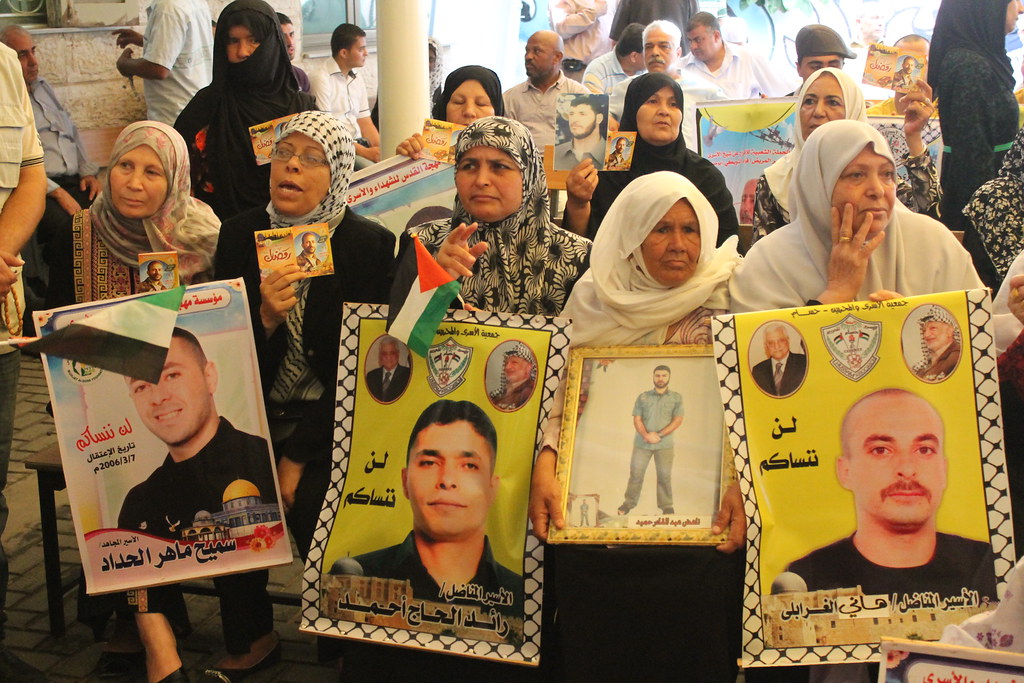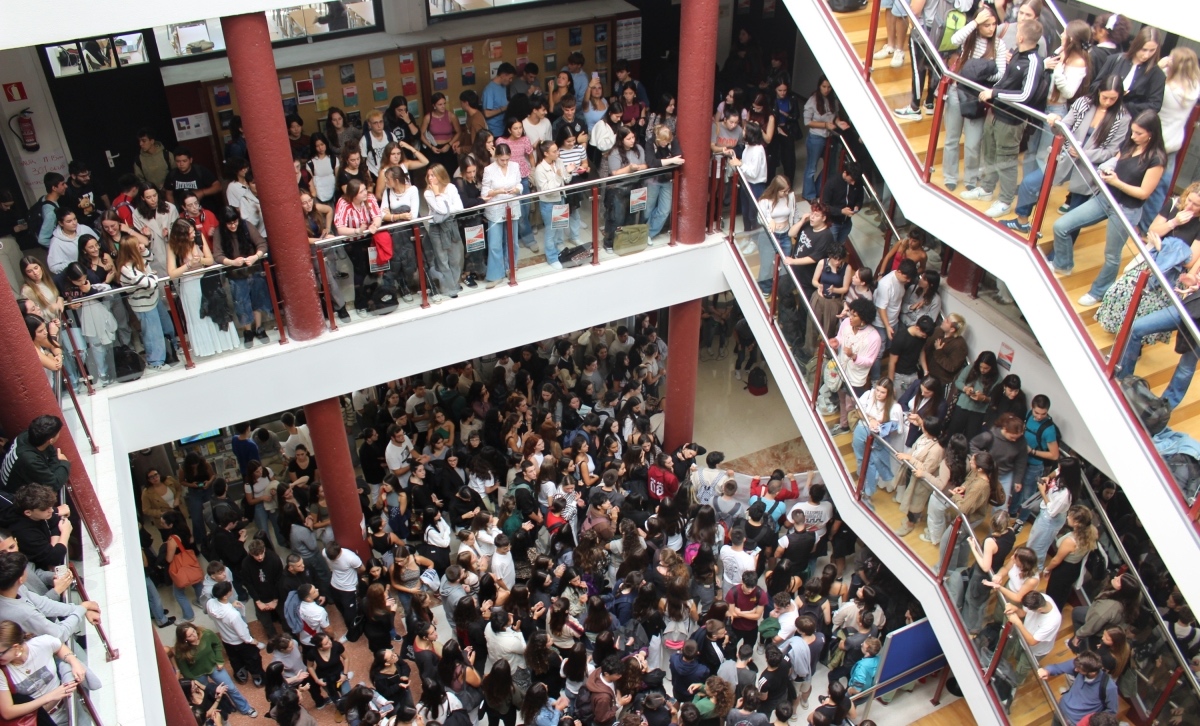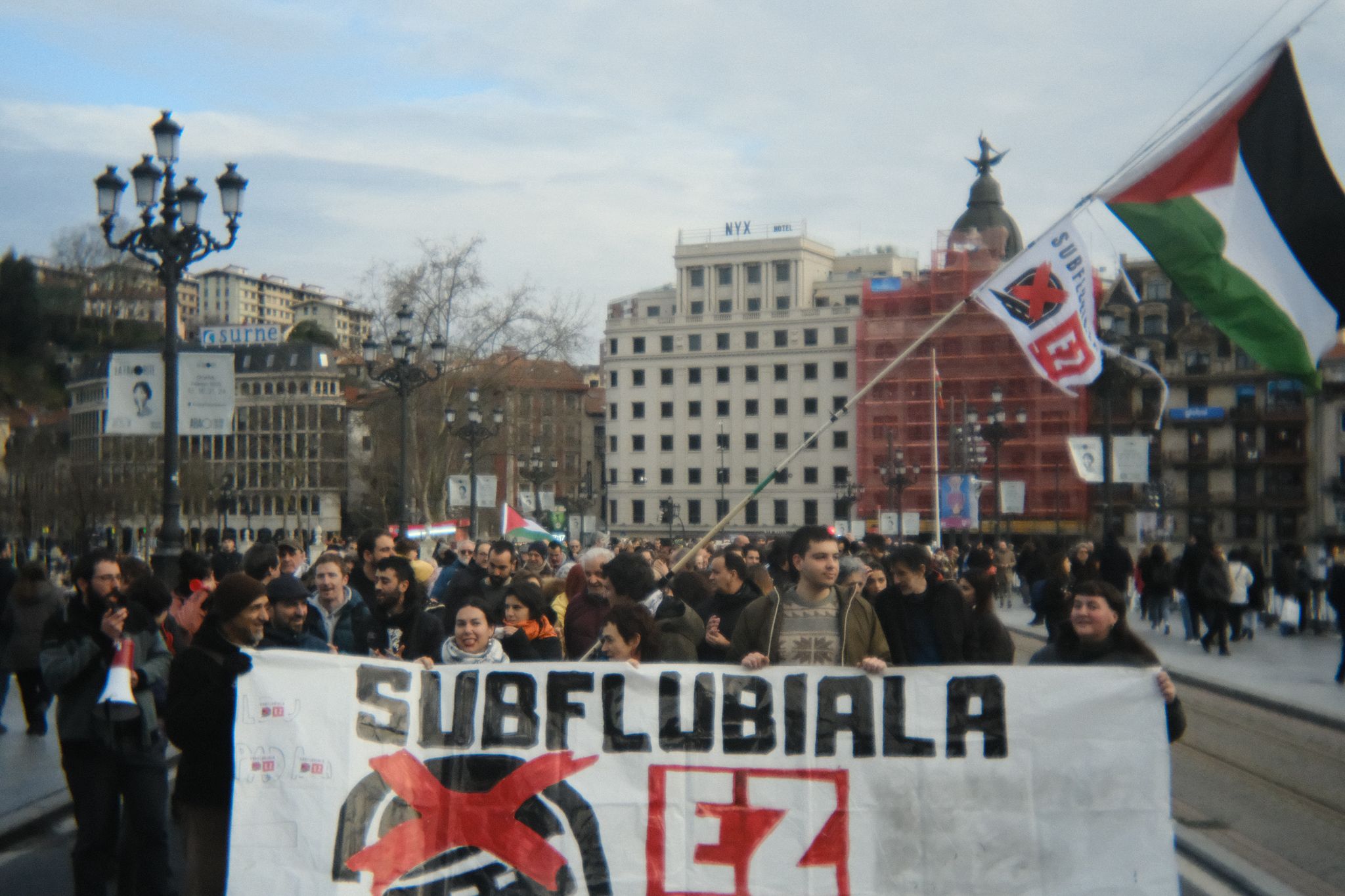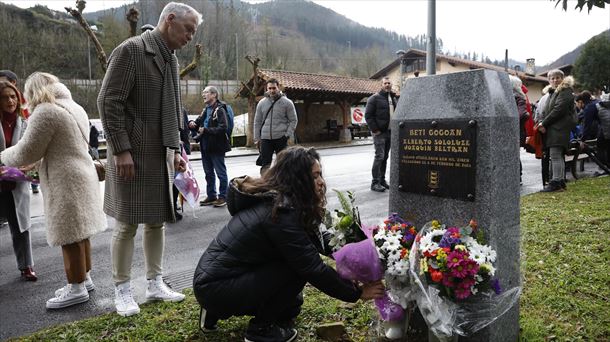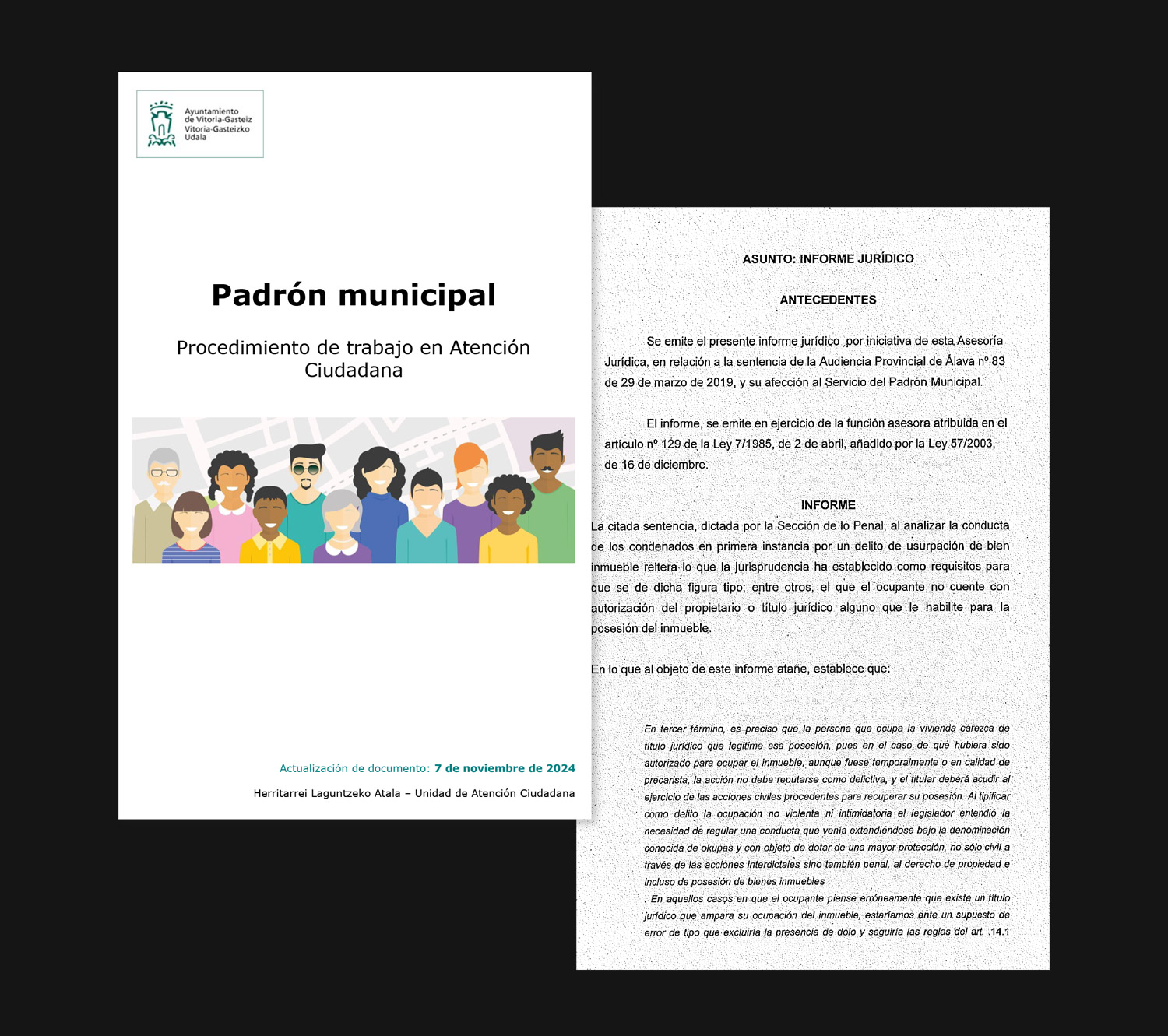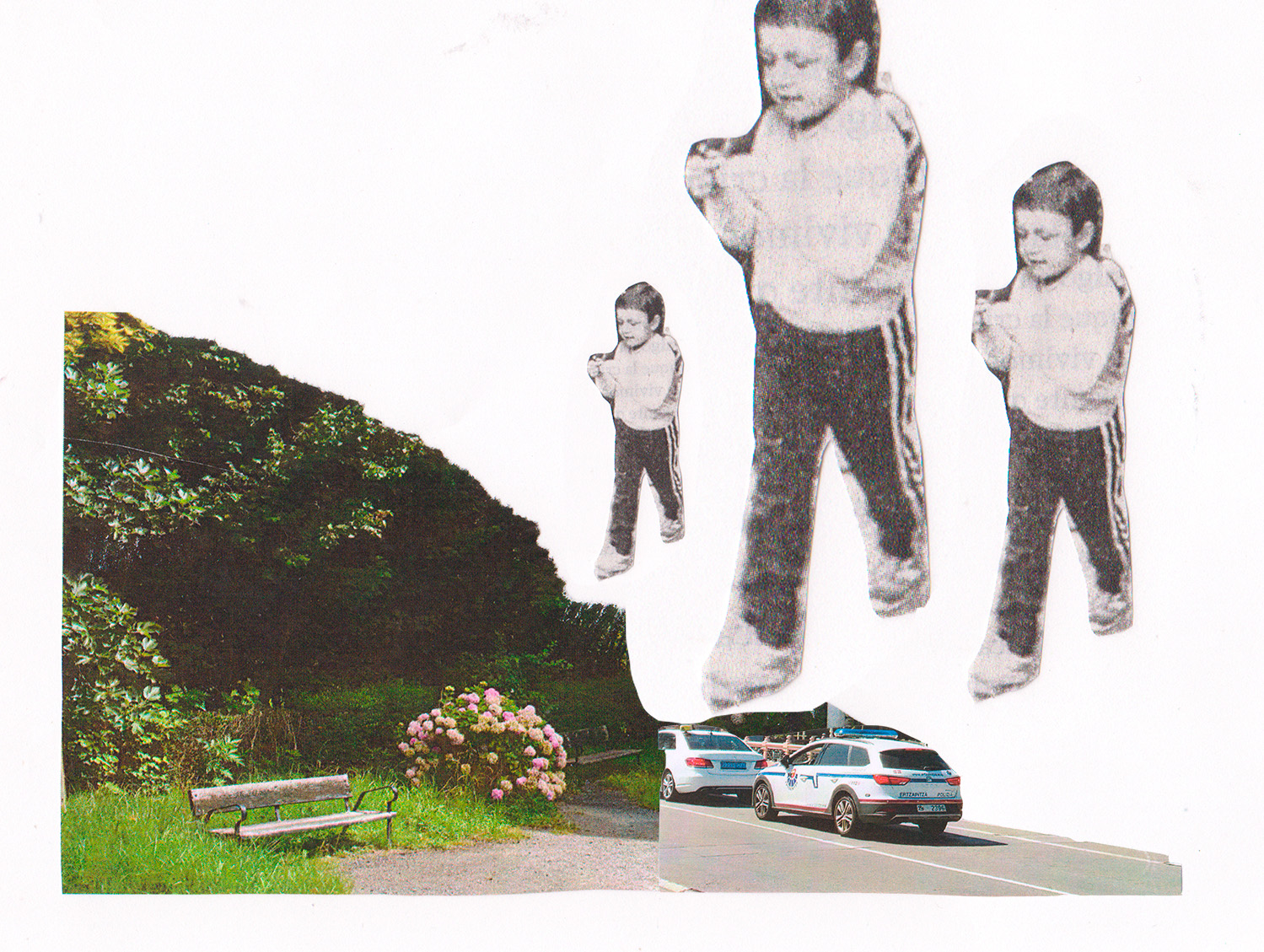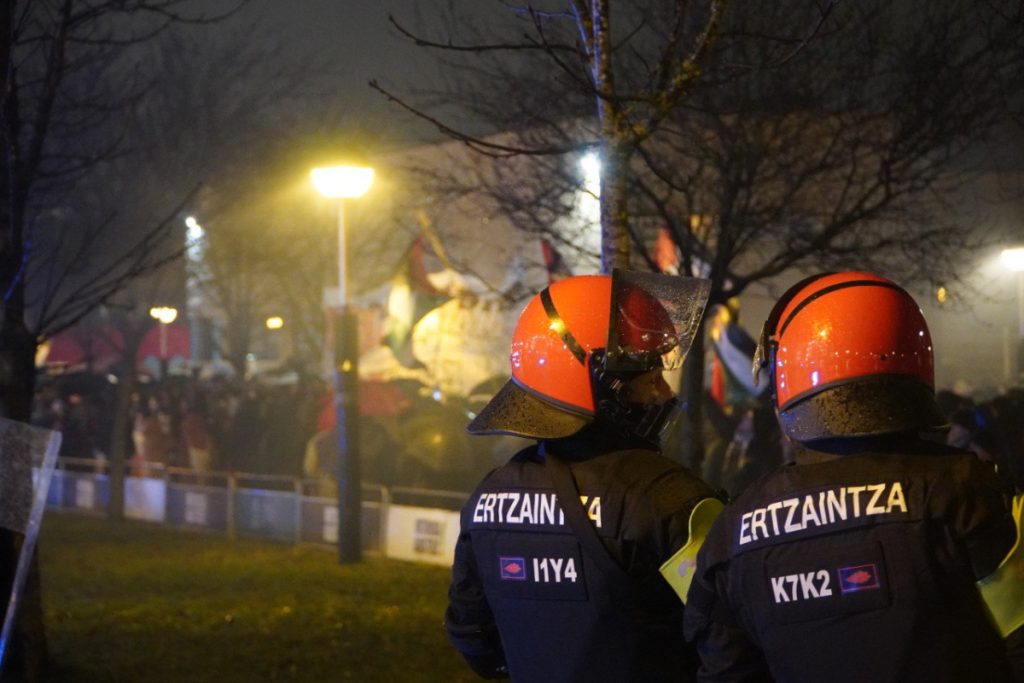Danube, a river of eleven identities
- We’ve always loved the special charm of cycling. From bicycles we have learned to look differently at the country and its surroundings. Here is the collection of sensations that we accumulate along our journey along the banks of the Danube River.
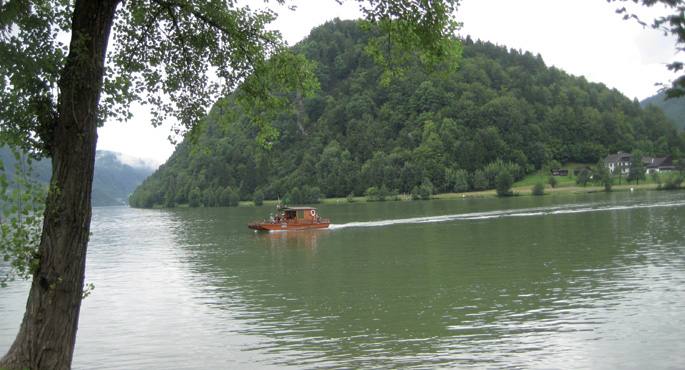
Last summer, when we had just been parents, we wanted to continue cycling. So with the one-year-old, we started looking for a proper bike ride. We thought the popular road to Danube was appropriate.
The most classic for bike lovers
This road is echoed by cyclists, it may be the most well-known route for cyclists in Europe. Taking the river as the main axis, it is a comfortable road that crosses the center and east of Europe, with beautiful landscapes and a wonderful culture. In addition to the comfort, during the tour there are options for eating and sleeping that adapt to all prices and styles. Furthermore, at least in the sections of Germany and Austria, there is no loss whatsoever. The sum of all this had made Danube our challenge. We had never made the decision to go there.
Starting point: Stuttgart
On the map of Europe we drew the main outline of our journey, the curved line, from the origin of the Danube to Budapest. It is the part that passes through Germany, Austria and Hungary. We wanted, however, to leave the task free, without attaching it to the fixed points. Later, he would settle in his house.
When the holiday season arrives, we put the bikes in cardboard boxes and by plane we left Euskal Herria to Stuttgart. We landed in a German city, darkened at night. We were surrounded by the coming and going of restless people. We were also nervous. Dark. The hungry child. Bicycles in boxes. Latest trains running. The search for a place to sleep became our main goal. And the easiest way to get into the city with our luggage was to assemble and pedal bikes.
The next morning we realized we were in a strange town. The Municipal Police officers told us about the tram, the smell of fast food, the houses of different architectures, the language, the shape of the people...
Looking for the river spring... but on the wrong train
In these cases, we like to do a little acclimatization. Familiarize ourselves with the people we are in and know how their people, food and infrastructure work. Having done this, the Danube River, which has its spring about 120 kilometres from Stuttgart, became our obsession. Without waiting for another moment, we loaded the artifacts on the train and headed towards the city of Donauesching, near the Black Forest.
We realized that the train was going on and that we were wrong with the train. We were on our way to Ulm.La intriguing that was surrounding the map already began to speak for itself, to adopt its own personality. And so we started the bike adventure from Ulm.
Part of Germany
Danube passes through Bavaria land, south of Germany. Most stages are quiet and plain. As soon as we started, we realized that Germany has very well developed bicycle riding infrastructures. All towns and cities are joined by bike lanes, and inside cities there are special zebra steps, signs, bicycle images in traffic lights...
It's amazing how the river's identity changes along the way. Also impressive is the ability to adapt the environment to the river. In the German section we discovered the different faces of the Danube. At first we saw a calm and fertile river passing through the cereal fields and the surroundings of the lush trees. But sometimes, the river that comes in and out of the colorful villages, had the power to become joyful. In the big cities, however, we saw the vast Danube resting in the green areas. And sometimes it has an ugly face. A dark river that lives in the vicinity of Grossemehring, next to the giant fireplaces of the thermal power stations.
Besides the identity of the river, Germany and the Germans in this section are very interesting. On the one hand, the history of Bavaria gives a special identity to the natives. On the other hand, the towns and cities of the route have a wide cultural offer: architecture of different times, museums, concerts... Vitality.
All those sensations gave us strength to make miles easily based on pedals. And as soon as we realized, we began to reach the border between Germany and Austria.
Suddenly, the number of cyclists increased. Calm and loneliness are over. We were once and again familiar faces: families, older adults, young people, groups... The last part of Germany was marked by a very joyful atmosphere, which was not over. In fact, we began to approach the most well-known part of the road. The classical route of the Danube begins in the German city of Passau, on the border.
Austria, a wild landscape
Entering Austria, everything remains the same. Colorful villages, the same language, clearly marked roads...However, in the atmosphere of the road, we noticed a spectacular change. We were involved in the Passau-Vienna, which has become a classic for cyclotourists, and that was very obvious.
This part has interesting elements: wild landscape, medieval villages surrounded by vineyards, concentration camp of Mau-thausen, cozy rest places, Vienna... Perhaps the sum of all this makes this part of the journey so famous.
Danube becomes a savage in this section. It enters the high mountains and deep forests, making proud turns and turns and creating a meander as elegant as Schögen's. Sometimes, between the mezzanines, the cyclist is forced to cross the river by boat.
We say goodbye to this wild part in the city of Linz. Linz is a great city, modern, monumental and full of culture that in 2009 became the European capital of culture. A few kilometers away we pass by the concentration camp of Mauthausen. We wanted to know that place famous for the dark past, and we put it aside and we walked in. Of those of us who were doing the same journey, we weren't the only cyclists.
In this part, the passages that form in the vineyards of Wachau seemed spectacular. Under the blurred castles that still keep guarding the summits, we pass through the small and elegant villages of the Middle Ages surrounded by vineyards.
And all of a sudden everything changed. The crowds of houses, the massive urbanizations, the traffic, the works -- they told us that we were approaching the giant city. As soon as we realized, Vienna engulfed us.
Trains from Vienna to Budapest
Through travellers coming in the opposite direction we discovered that the routes and signals from Vienna were worse. They also told us that we would have to travel a long time on road traffic. There were enough reasons to change the plans. We saw Vienna quietly and decided to go by train to Budapest. And thanks to the quiet stay in Budapest, we arrived in Euskal Herria with renewed forces.
Hegazkinez: Nora: Stuttgart (Alemania). Itzulera nondik: Budapest (Hungaria).
Bizikletak Euskal Herritik eramateko: Kutxetan. Gurpilak aire gabe eta pedalak kenduta. Itzulerako bidaian erabiltzekoak Budapesteko bizikleta denda batean aurkitu genituen.
Iturburura nola gerturatu: Stuttgartetik ibilbide hasierara trenez gerturatu daiteke. Alemanian trenak bizikletak barruan eramateko egokiturik daude.
Ibilbidearen zailtasuna: Erraza. Laua. Aldapa gutxiko ibilbidea.
Bide motak: Bidegorriak, pista lasaiak, lokaztutako pista zatiren bat. Zati motzak dira trafiko ondoan igaro beharrekoak.
Seinaletika: Alemania eta Austriako zatian oso argia. Hungarian berriz, ez dela hain argia adierazi ziguten.
Lo egiteko aukerak: Ibilbide osoan lo egiteko leku ugari. Aterpeak, Zimmer frei (alokatzeko gelak) eta ostatuak. Prezioa: 40 euro (bi pertsona eta gosaria).
Kanpinak ere ugari. Aurrez erreserbarik egin gabe ere, ez dugu lekua aurkitzeko zailtasunik izan.
Jateko aukerak: Elikagaiak saltzen dituzten denda eta supermerkatuak herrietan eta hirietan. Zimmer frei askotan sukaldea dago. Bidean plater konbinatuak: 6-8 euro.
Hizkuntza: Alemana (Alemania eta Austrian). Ingelesarekin erraz moldatu daiteke. Hungarian hungariera, toki turistikoetan ingelesez ongi moldatzen dira.
Sometimes I don't know if it's too much. That we're eating a pipe, that we're talking about anything else, that we're bringing it up. We like to speak aloud, to leave almost no pause, to cover the voices, to throw a bigger one. Talk about each one of them, each one of them, what we... [+]









